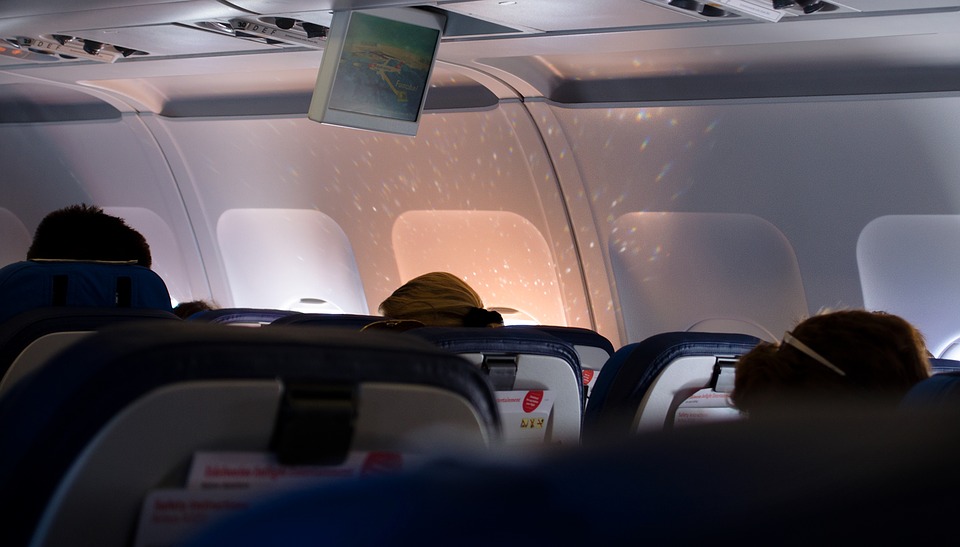On July 31, the International Air Transport Association published statistics on air travel for 2018. According to the report, over the year, airlines transported 4.4 billion passengers on regular flights, which is 6.9% more than in 2017. During the year, 284 million passenger flights were added.
At the same time, the development of the low-budget segment continues to outstrip the growth of air transportation in general: the passenger flow of low-cost airlines grew by 13.4%, outstripping the overall dynamics by 6.5 percentage points.
Regionally, the largest share growth in the number of regular flights was observed in the Asia-Pacific region (Asia-Pacific; by 9.2%, to 1.6 billion passengers). Passenger traffic in the Middle East grew the least dynamically - by 4.6%, to 224.2 million passengers. APR holds the largest share in passenger traffic (37.6%), while Europe and North America account for 26.2% (1.1 billion people) and 22.6% (989.4 million), respectively. The share of Latin America (6.9% with 302.2 million passengers) and Africa (2.1% and 92 million passengers) is much more modest, which is associated with less development of business relations in these regions and low incomes of the population.
The largest airlines by passenger-kilometers were American Airlines (330.6 billion), Delta Airlines (330 billion), United Airlines (329.6 billion), Emirates (302.3 billion), Southwest Airlines (214.6 billion).
The most active international flights were carried out by citizens of Great Britain and the USA (126.2 million and 111.5 million passengers, respectively), China (97 million passengers), Germany (94.3 million passengers) and France (59.8 million passengers).
Seoul-Jeju was the busiest destination (14.5 million passengers, an increase of 7.6% compared to 2017), followed by the Hong Kong-Taipei route (5.4 million passengers, a decrease of 0.7% )
In 2018, the seat occupancy rate on aircraft reached a record high of 81.9%. Fuel efficiency increased by 12% compared to 2010. Over the past 20 years, the cost of air travel has more than halved, to $ 0.78 per available ton-kilometer.
source: iata.org
At the same time, the development of the low-budget segment continues to outstrip the growth of air transportation in general: the passenger flow of low-cost airlines grew by 13.4%, outstripping the overall dynamics by 6.5 percentage points.
Regionally, the largest share growth in the number of regular flights was observed in the Asia-Pacific region (Asia-Pacific; by 9.2%, to 1.6 billion passengers). Passenger traffic in the Middle East grew the least dynamically - by 4.6%, to 224.2 million passengers. APR holds the largest share in passenger traffic (37.6%), while Europe and North America account for 26.2% (1.1 billion people) and 22.6% (989.4 million), respectively. The share of Latin America (6.9% with 302.2 million passengers) and Africa (2.1% and 92 million passengers) is much more modest, which is associated with less development of business relations in these regions and low incomes of the population.
The largest airlines by passenger-kilometers were American Airlines (330.6 billion), Delta Airlines (330 billion), United Airlines (329.6 billion), Emirates (302.3 billion), Southwest Airlines (214.6 billion).
The most active international flights were carried out by citizens of Great Britain and the USA (126.2 million and 111.5 million passengers, respectively), China (97 million passengers), Germany (94.3 million passengers) and France (59.8 million passengers).
Seoul-Jeju was the busiest destination (14.5 million passengers, an increase of 7.6% compared to 2017), followed by the Hong Kong-Taipei route (5.4 million passengers, a decrease of 0.7% )
In 2018, the seat occupancy rate on aircraft reached a record high of 81.9%. Fuel efficiency increased by 12% compared to 2010. Over the past 20 years, the cost of air travel has more than halved, to $ 0.78 per available ton-kilometer.
source: iata.org





